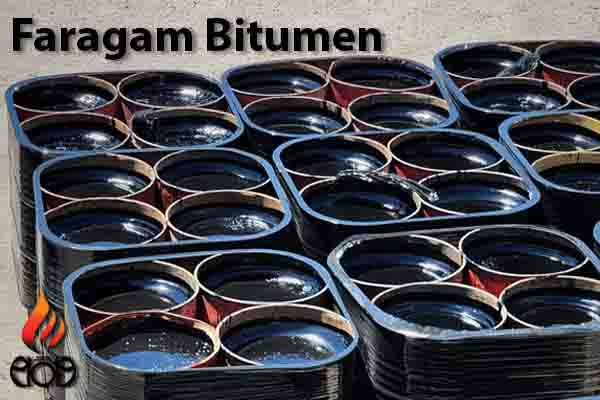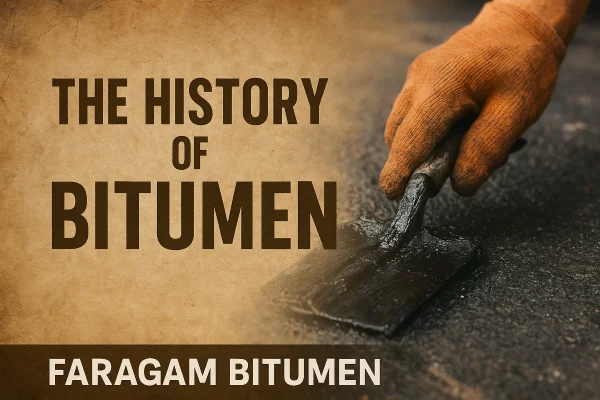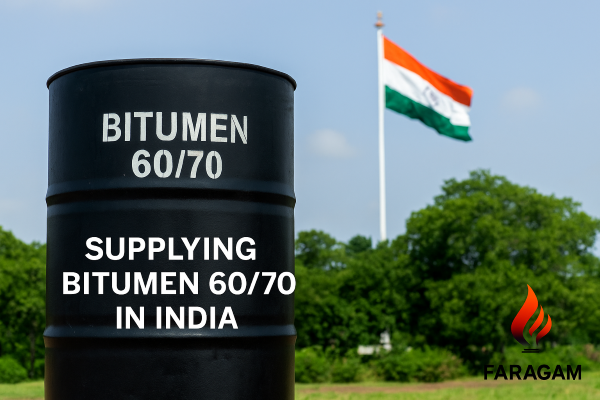


CSS 1 slow breaking emulsion bitumen
CSS-1 bitumen is a slow-breaking cationic emulsion that contains 57% bitumen, is black in color, and is produced under the ASTM D 2397M-13 standard.
CSS-1h emulsion bitumen is a cationic emulsion produced with hard bitumen. CSS-1h bitumen emulsion is usually made by passing a mixture of hot bitumen and water phase between a rotating disc, cone or wheel and a stator.
CSS-1h Emulsion Asphalt is a cationic slow-set bitumen emulsion containing 57% bitumen, black in color and manufactured strictly according to ASTM D 2397M-13.
Advantages
At the following you can find some advantages of this product:
Environment friendly
No heating requires, cost efficient
Bound well with cool, damp surfaces
High adhesive properties
Low temperature curing
Penetrate the cracks and impart strength to the layers
Applications
CSS-1 is an absorptive surface material (like low to medium high porosity wet mix macadam or water bound macadam), designed to penetrate, plug the capillary voids in the surface, bond and stabilize the existing surface and to promote adhesion between it and the construction course that follows. BS group Bitumen Emulsion CSS1 is ideally suited for Prime Coat application on high porous surfaces like WBM. It can also be used as Fog Seal Application.
For pavement bases and surfaces:
Plant mix (cold):
with both dense-graded aggregate and sand
Mixed-in-place:
Dense-graded aggregate
Sand
Sandy soil
Slurry seal
Bituminous applications
Fog Seal
Prime coat-penetrable surface
Tack coat
Dust Binder
Mulch Treatment
Crack filler
Recommended rate of application
Asphalt Emulsion CSS1 ASTM is designed for use in slurry seals and for cold storable mixtures for patching. They are designed for soil stabilization and also suitable for use with cold recycling. These emulsions are tailor made as per quality of aggregates and local site conditions.
Availability
Faragam group Bitumen Emulsion CSS 1 is available in:
Bulk as IBC Tank, Flexi Tank
Reconditioned steel drums 220 lit., Net Weight: 200 ± 3 Kg
New steel drums 220 lit., Net Weight: 200 ± 3 Kg
Delivery
The Delivery can be done in all terms like: FOB, CFR and CIF for more information feel free to send us your inquiry.
Mortar or emulsion bitumen
Emulsion bitumen contains a two-phase mixture in which the internal phase is dispersed in the form of fine particles in the external phase. The diameter of these particles is between 0.1 and 5 microns, and the diameter of the particles is larger than that of real and colloidal solutions. The amount of emulsifier used is between 0.3-0.5% of bitumen weight and the amount of water used is 30-50%. The emulsifier is usually an alkaline salt of an organic acid or an ammonium salt, which has a significant effect on the loading of its particles.
In such a way that the particles repel each other due to the induced charge and float in the water in the form of spheres with a diameter between one hundred and one hazam. If emulsifiers are not used, it increases the contact surface between the two phases and increases the interfacial energy, which means that this suspension is not stable, and two immiscible substances, water and oil, are created and form two separate phases, which are separated The two-phase system returns to a stable state.
The use of this type reduces environmental pollution, and due to the fact that oil and flammable solvents are not used, the risk of ignition during transportation is reduced. This type is used in cold asphalt, and if the environment is humid, water must be added to it again and its content should be increased to 65%. Emulsions are generally classified into the following categories:
In terms of gender, they are divided into two categories: water in oil and oil in water.
In terms of suspended substances, they are classified into three categories: cationic, anionic and non-anionic.
According to the speed of breaking and separation of two phases, they are classified into three groups: early breaking, slow breaking and late breaking.
Among its main applications, we can point out their use in road construction, surface asphalt, cold asphalt, slurry coat, single coat, as mulch to stabilize flowing sand, protective coating of tanks and insulation.
Among its salient points, the following can be mentioned:
Ease of transportation in bulk and barrels
Use in asphalt with low thickness
Asphalt operation speed is less than 2 hours due to drying
Can be used on any type of asphalt including streets, highways and airports
Can be used at ambient temperature between 5 and 80 degrees Celsius
No need for heat during transportation, spraying and storage
Permeability due to high fluidity
The complexity of the machines used
Being compatible with the environment
Defeat against rock and air
Non-toxic and free of any smell
Non-ignition during transportation
Color change from brown to black after breaking and ready for use in asphalt
Long-term shelf life of at least 3 months
Applying indirect heat if the temperature drops below 5 degrees Celsius
Tar :
This type, which is also known by the Latin name Tar, is also referred to as petroleum bitumen due to its similarity in appearance and use. The production base of this bitumen is different from its petroleum type and has different physical properties. Depending on the type of process, this type of bitumen can be produced by burning or carbonizing coal and is obtained at a temperature of 600 degrees Celsius. This type of bitumen has a lower percentage of aromatics, which contains coal bitumen after separating the oily fractions and cooling the steam.
Due to the era of industrial revolution and the discovery of significant amounts of oil and gas, the use of coal in the production of bitumen was almost abandoned and its consumption was significantly reduced. Two types of bitumen are produced in the form of tar by burning or carbonizing coal. In one of these processes, it is heated up to 1200 degrees Celsius and the bitumen obtained from this method has a large percentage of aromatics, and in the other method it is only heated up to 600 degrees Celsius and the bitumen Compared to the previous process, the obtained product has less aromatic content.
After this process, the obtained product is cooled and the remaining liquid is known as Crude Tar, then distillation is done and after separating the oil slices, coal bitumen or pitch is obtained and the tar obtained from its combination with the slices An oil is obtained which is classified with eight grades in the BS standard.
Currently, more than 90% of this type of bitumen is used in road construction, charcoal electrodes, glaze, charcoal soil and pipe coating. The use of bitumen in road construction has been used only in surface coatings, which has better performance and is soluble in lower temperatures, which causes more adhesion.
Modified bitumen, emulsion bitumen
Considering that the pure bitumen obtained from the refinery does not have the quality and specifications required for use in various applications, researchers are always trying to improve its quality. Bitumen modification not only helps to improve its quality, but also increases its lifespan and reduces maintenance costs. Weaknesses in most bitumen include low elasticity, temperature sensitivity, limited performance at different temperatures.
In order to improve its performance, different additives are used, among the main additives that can be used are polymers such as SBS and SIS. Among the main properties of modified polymer bitumen are the proper performance and adhesive properties at low and high temperatures, proper resistance to liquefaction and temperature changes, low sensitivity to temperature, tensile strength, proper elastic performance, and increased hardness at high temperatures. Cited.



